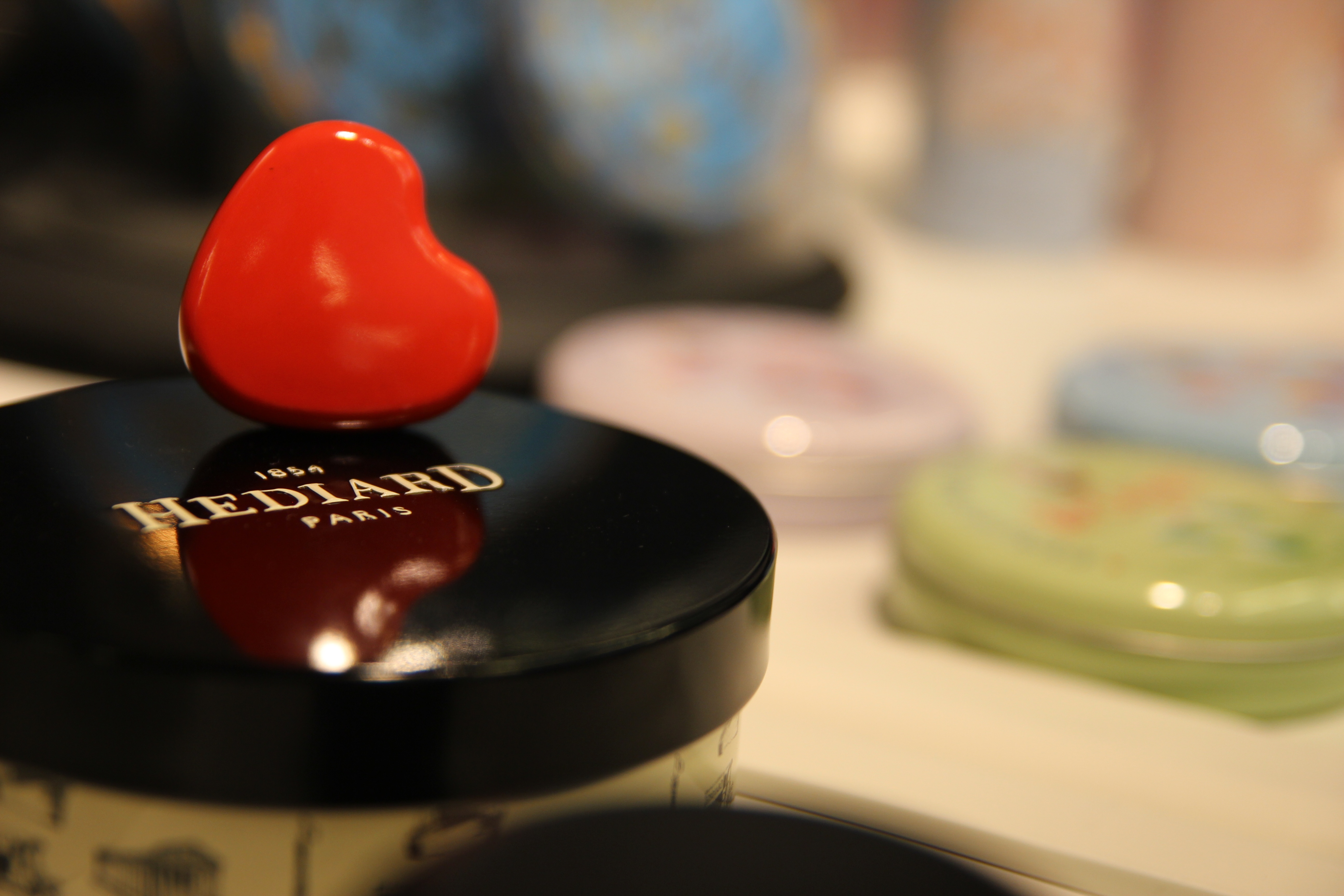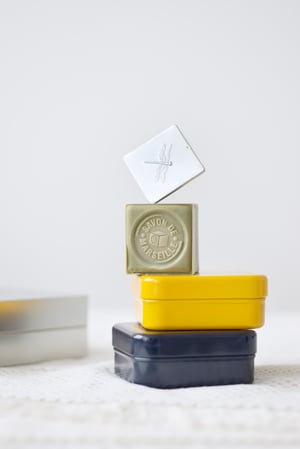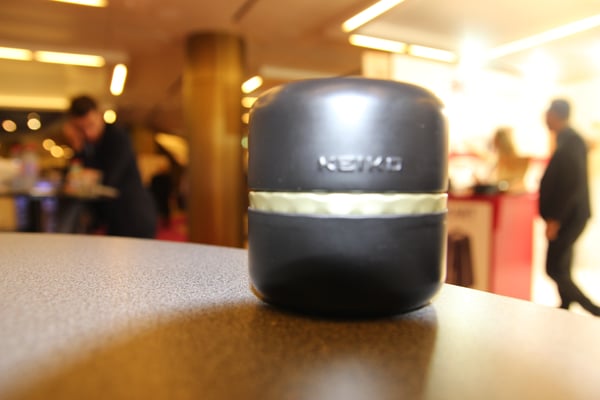As much as people love food, they may not want it if it's not touching something they deem acceptable. That's one of the main reasons why the choice of packaging materials is so important. Whatever the food touches, whether it's metal, plastic, paper or some other material, the package must create the perception of a strong and clean barrier from the environment. A bakery must particularly be conscious of how it serves sweets to customers who are often ready to eat a snack right away.
Pricing, Packaging and Perceptions

The main factors that drive consumers to purchase chocolates, candies and confectionery are the price, what the package looks like and the perceptions of how it feels and is likely to taste. Years of scientific research on consumer behavior points to a pattern in which people associate touch with taste and other senses.
This understanding among package designers has led to an emphasis on sensory marketing, or appealing to the human senses in a way that includes expectations of taste.
For many consumers, especially those struggling financially, price is a primary selling point. There's a big difference between a shopper who just wants a fresh bakery item and a consumer with a cart full of groceries.
The latter will likely be more conscious of cost, whereas someone buying one snack over the counter often cares more about eating than worrying about the price.
Shoppers who make purchasing decisions beyond price will care much more about the feel and presentation of the packaging. Consumers typically aren't allowed to touch food until after they buy it, but in many cases they can squeeze the package to gauge its hardness or softness.

Deeply Touching Experiences with Food

There's a compelling science on how touch associates with taste and other sensory perceptions. These experiences are unique for each individual, but what's most important is that touching a package triggers instant perceptions. These perceptions can actually change the way the consumer views the product. When a package feels soft, for example, it may evoke softer emotions. Touching an object sends multiple messages to the brain, such as perceptions of texture, weight and temperature.
A box of candy, though, has built-in limitations on perceptions of what the products may feel like. Perceptions in these cases may rely more on the weight of the box. If candies come in a clear plastic bag, visual stimuli from the colors and shapes of the candy can affect expectations of taste. People naturally develop an association between colors and food items over time.
If the candy is brown, for example, as shown on the package, it immediately communicates the familiar concept and taste of chocolate.
This association can create a quick awareness of taste and bring back memories of events such as birthday parties and special occasions. It's those deeply emotional memories, such as giving candy to a lover on Valentine's Day, that can paint the most vivid images in the minds of consumers. Sometimes candy alone can remind a person of moments they cherish, such as holding hands.
Next Wave of Touch Research
Despite the countless studies conducted on the associations between touch and emotions and how they affect perceptions of flavors and purchasing behavior, scientists still know very little about this phenomenon. More research in needed on the link between touching a package and human perceptions.

Most of the studies done in the past have been with a limited number of participants. In order for science to yield definitive answers, thousands of people, rather than dozens or hundreds, need to be tested against a control group. Only after repeated studies can scientists draw clear conclusions on any type of study. Furthermore, future studies should test a wide variety of foods, combined with survey questions about what their expectations of flavor are prior to and after consumption.
One thing that's consistent about past studies is that the feel of a package is just as important as its visual aspects. The colors and shape help lure the customer to the item. Once they touch the package, consumers have a much more complete set of perceptions about it that increase or decrease their willingness to buy it.

Essentially, when a shopper is allowed to touch a package before buying, they will at least add the perception of weight to the decision-making process. Heavy packages are positive for people who don't pay attention to their own weight, while lighter weight packages are considered favorable by consumers who shop for healthier foods while closely watching their own weight.
References and Further Reading
- More articles on Fancy Tins (2019 - today), by Alex Cosper et al.
- Read more in our series on the Need For Touch (2018 - today)
- The Influence of Need for Touch in Multichannel Purchasing Behaviour: An approach based on its instrumental and autotelic dimensions and consumer´s shopping task (2016), by Roberto Manzano, Magdalena Ferrán, Diana Gavilan, Maria Avello , Carmen Abril
- Consumer Need for Touch and Multichannel Purchasing Behaviour (2013), by Roberto Manzano, Magdalena Ferrán, Diana Gavilan,
- Read more on Luxury Packaging (2017 - today), by Alex Cosper
- Creating Value in Online Communities: The Sociomaterial Configuring of Strategy, Platform, and Stakeholder Engagement (2016), by M. Barrett,E. Oborn and W. Orlikowski
- “My Grandfather kept one of these tins on top of the bookshelf”: Consumers’ recalled experiences involving packaging (2016), by Toni Ryynänen , Markus Joutsela , Visa Heinonen, Qualitative Market Research, ISSN: 1352-2752
- From Disgust to Desire: How Products Elicit Our Emotions (2004), by Pieter M. A. Desmet, in Design and Emotions, edited by Dena McDonagh et al., page 8.
- Definition: Luxury Foodstuffs (retrieved 17.10.2017), Wikidata
- Luxury branding: the industry, trends and future conceptualisations (2015), by Yuri Seo and Margo Buchanan-Oliver
- Food packaging: The medium is the message (2010), by Corinna Hawkes
- More articles on Chocolates , Biscuits and Confectionery packaging, by Alex Cosper and Dawn M. Turner
- Multisensory design: Reaching out to touch the consumer (2011) by Charles Spence and Alberto Gallace
- Assessing the influence of the color of the plate on 2 the perception of a complex food in a restaurant setting (2013), by Betina Piqueras-Fiszman, Agnes Giboreau and Charles Spence
- Does the weight of the dish influence our perception of food? (2011), by Betina Piqueras-Fiszman, Vanessa Harrar, Jorge Alcaide and Charles Spence
- The weight of the container influences expected satiety, perceived density and subsequent expected fullness (2011), by
Betina Piqueras-Fiszman and Charles Spence






